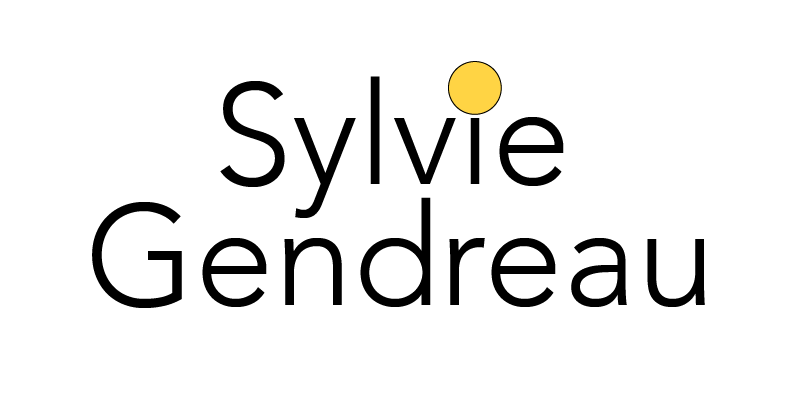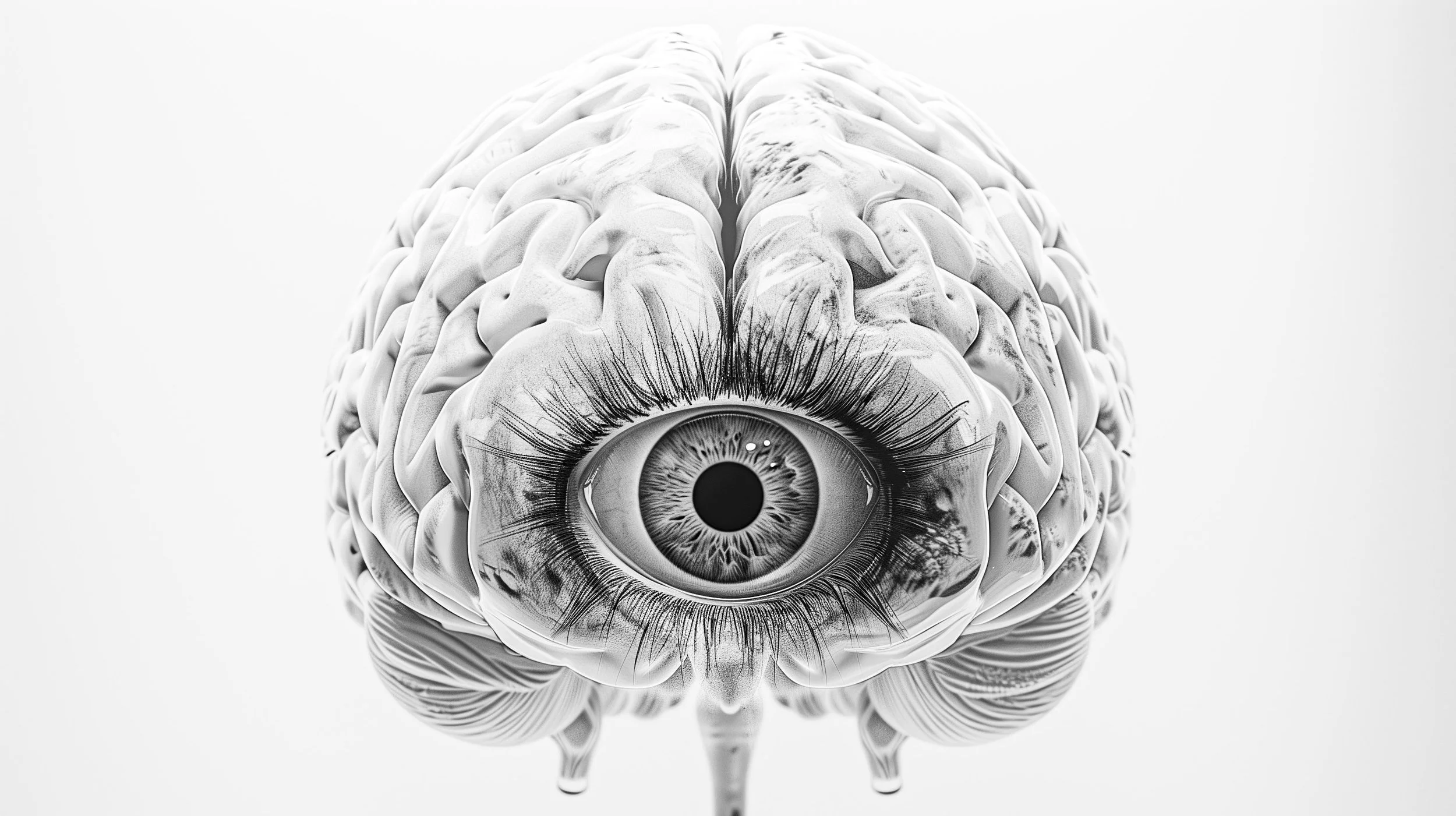The Future of Video: Generative AI Models Leading the Way
Welcome to the Seventh Chapter of Our Series, Navigating the AI Landscape: A Journey of Innovation and Emotion, The Future of Video: Generative AI Models Leading the Way
The next big boom in AI will probably be generative AI in video production. Imagine a world where your wildest ideas and most vivid stories can be brought to life in video format, simply through text prompts. This revolutionary technology is poised to transform how we create, share, and consume visual content, making high-quality video production accessible to everyone, from filmmakers and marketers to educators and hobbyists. Generative AI models are enhancing creativity and democratizing it, enabling anyone to turn their imagination into stunning, dynamic visuals.
This shift will redefine industries, spark new forms of storytelling, and push the boundaries of what we believe is possible in digital media. Welcome to the future of video, where generative AI models are leading the way. Yet, as with every technological leap, this advancement means that many creators and artists must reinvent themselves to thrive in this new landscape.
In this article, we'll delve into the transformative power of generative AI in video production, starting with an in-depth look at OpenAI's groundbreaking model, Sora. We'll explore its capabilities, the innovative technologies behind it, and how it compares to other emerging models like Google's Lumiere.
We'll discuss these technologies' opportunities for creative storytelling, education, marketing, and beyond. However, we won't shy away from the challenges and ethical considerations that come with this new frontier, including job displacement and the potential for misuse, as highlighted by recent incidents involving deepfakes.
Finally, we'll examine the pivotal role of vision in human evolution and how generative AI mimics these cognitive processes to revolutionize video creation. Join us as we navigate the landscape of this game-changing technology and its profound implications for the future.
What is Sora?
Photo Pierre Guité - Mid-Journey AI. A man with a surprised expression sits in front of a computer screen, with his hands resting on his cheeks. The background is softly lit, with warm lighting from a lamp and ambient light creating a cozy atmosphere. His eyes are wide open, and his mouth is slightly agape, capturing a moment of astonishment or excitement.
Sora is a groundbreaking text-to-video generative AI model developed by OpenAI. It can transform text prompts into realistic or imaginative video scenes. Unlike traditional large language models (LLMs) that focus on text or image generation, Sora represents a significant leap in AI capabilities by generating up to one-minute-long videos that maintain high visual quality and coherence based on text instructions.
OpenAI has not yet specified a public release date for Sora, though it will likely be sometime in 2024. Few creators put Sora to the test. Marques Brownlee is one of them. He experimented with OpenAI's Sora, creating videos featuring a dog walking, a 3D printer, and a product reviewer resembling a photographer. Despite facing challenges with accurately depicting physics, especially walking where legs would merge, Brownlee found Sora's lighting and shadow rendering impressively realistic. However, he noted the occasional humorous errors, like a character having six fingers, highlighting the technology's current limitations and the areas for improvement before its official release.
Sora and its Competitors
Sora is not alone. Other models are quickly being developed, like Google's Lumiere. Lumiere is a text-to-video diffusion model that produces videos showcasing realistic, diverse, and coherent motion. Its unique Space-Time U-Net architecture generates the entire temporal span of a video in a single model pass, contrasting with previous approaches that built videos through a sequence of steps. This method significantly enhances the quality and coherence of the generated motion.
The Space-Time U-Net architecture is a sophisticated neural network design that processes video data's spatial and temporal dimensions in a unified framework. It leverages the U-Net structure, known for its efficacy in image segmentation tasks, extending its capabilities to handle video by incorporating time as an additional dimension. This allows the model to understand and generate the dynamic content of videos by capturing the relationships between frames over time, facilitating the creation of realistic and coherent video sequences from textual.
Opportunities and Challenges in Video and Film Production
Generative LLMs like Sora or Lumiere in video and film production present remarkable opportunities and challenges. They enable innovative storytelling, enhancing creative expression by transforming textual prompts into dynamic videos. This technology promises efficiency in content creation, offering tools for education, marketing, and more. However, it also raises concerns about job displacement, ethical use, and the authenticity of generated content. The balance between leveraging these models for creative augmentation and addressing their potential pitfalls is crucial for sustainable video and film production advancement.
Misuse of AI in Video Creation
A recent example of the misuse of AI in video creation involves creating and circulating deepfake videos of celebrities and public figures. One notable instance involved YouTuber MrBeast, who was deepfaked in a sophisticated video that bypassed content moderation on TikTok and misled thousands of users by falsely advertising the sale of iPhone 15s for a low price.
Similarly, a deepfake clip of UK Labour Party leader Sir Keir Starmer, falsely depicting him verbally abusing staff, went viral and was viewed millions of times before being debunked. Another significant misuse involved an AI-generated song featuring voice facsimiles of Drake and The Weeknd, submitted for a Grammy award, which sparked a broader discussion about AI-generated content in the music industry. Taylor Swift fell victim to a sophisticated AI deepfake scam. In this instance, an AI-generated video was circulated on social media, falsely showing Swift endorsing a Le Creuset cookware giveaway. The video prompted viewers to share their bank details for a chance to win cookware sets, supposedly offered for just the cost of shipping. This scam misled fans and leveraged Swift's image and voice without consent, convincingly showcasing a deepfake's capability to mimic real people for fraudulent purposes.
These examples underscore the potential for AI in video creation to be exploited for deceptive purposes, raising concerns about ethical use, the need for robust content moderation, and the impact on public perception and trust.
The Role of Vision and Language in Human Evolution
Vision and language have played a crucial role in the development of the human species. Vision in particular. Here are some key points highlighting the importance of vision in the evolution and cognitive development of the human species:
Increased Brain Size: The evolution of binocular vision, which allows for depth perception, required a larger visual cortex in the brain. This increase in brain size also allowed for the development of other cognitive functions, such as language and abstract thinking.
Hand-Eye Coordination: The ability to see in three dimensions and coordinate hand movements with visual input has been essential for tool-making and other complex tasks. This hand-eye coordination has contributed to the development of fine motor skills and problem-solving abilities.
Social Interaction: Vision is crucial for social interaction and communication. The ability to read facial expressions, body language, and gestures has allowed humans to develop complex social structures and relationships. This, in turn, has contributed to the development of social cognition and theory of mind (the ability to understand others' thoughts and intentions).
Language Development: Vision has played a role in the development of language. Gestures and facial expressions are often used in conjunction with spoken language to convey meaning. Additionally, the ability to see and manipulate objects has likely contributed to the development of symbolic thought and representation, which are essential for language.
Spatial Navigation: Vision allows for the creation of mental maps and the ability to navigate through complex environments. This has been important for survival and has likely contributed to the development of spatial memory and reasoning.
Pattern Recognition: The human visual system is highly adept at recognizing patterns, which has been essential for learning and problem-solving. This ability to identify patterns has likely contributed to the development of abstract thinking and categorization.
Attention and Perception: Vision allows for selective attention to important stimuli in the environment. This has likely contributed to the development of executive functions, such as planning and decision-making.
Image Reconstruction from Brain Activity
Generative AI models have been built on the way our brains process vision and language. They closely mimic how we think and they are here to stay. For those of you who are convinced of the crucial role of vision, think about recent research works on image reconstruction.
Image reconstruction from brain activity involves capturing and interpreting the brain's signals using techniques like fMRI. This process translates the neural patterns associated with visual experiences back into images or videos. Advanced algorithms and neural networks learn the relationship between observed brain activity and the corresponding visual stimuli. By training these models on large datasets of brain activity and matching visual content, they can predict and recreate the images or scenes a person is seeing or imagining, potentially even dreams, based on the captured brain signals.
Embracing AI as a Creative Partner
With each innovation comes a blend of challenges and opportunities. As we navigate the evolving landscape of generative AI in video and film production, adopting a mindset that views these tools as partners in creativity is vital.
However, as Denis Villeneuve suggested, we also need to be careful not to lose our creative experiences as human beings. You can read my other article, Denis Villeneuve's fears 🔴 about the closure of movie theatres.
By considering AI models as co-creation aids, we open doors to enhanced productivity, innovation, and artistic expression. This perspective allows us to harness AI's full potential while mindfully addressing its pitfalls, paving the way for a future where technology and human creativity harmonize to explore new realms of possibility.
Learn.
How do you learn and stay updated on the latest developments?
De-Learn.
Do you challenge Assumptions?
Experiment.
Have you initiated small-scale projects using generative AI to explore its potential and limitations in your context?
Re-Learn.
Do you take the time to analyze the outcomes, gather feedback, and adjust your strategies after each experiment?
Stay tuned for our next article, Reimagine Leadership in an AI-Enhanced World, which is full of uncertainties. We delve into the ethical aspects and critical pitfalls we must know to learn how to keep our world safer.
References:
Marques Brownlee Tries Out OpenAI’s Video Generator Sora and Shares His Thoughts, https://petapixel.com/2024/03/01/marques-brownlee-tries-out-openais-video-generator-sora-and-shares-his-thoughts/
Tyler Perry Halts $800m Film Studio Expansion After Being Shocked By OpenAI’s Sora, https://petapixel.com/2024/02/23/tyler-perry-halts-800m-film-studio-expansion-after-being-shocked-by-openais-sora/
A Review on Background, Technology, Limitations, and Opportunities of Large Vision Models, https://arxiv.org/abs/2402.17177
Cinematic Mindscapes: High-quality Video Reconstruction from Brain Activity, 37th Conference on Neural Information Processing Systems (NeurIPS 2023)
Lumiere: A Space-Time Diffusion Model for Video Generation, Webpage: https://lumiere-video.github.io/


